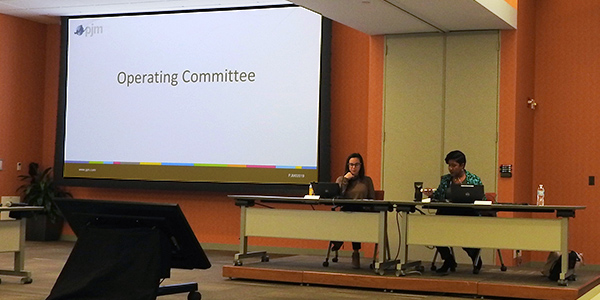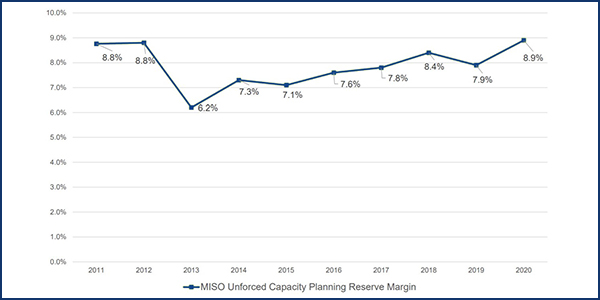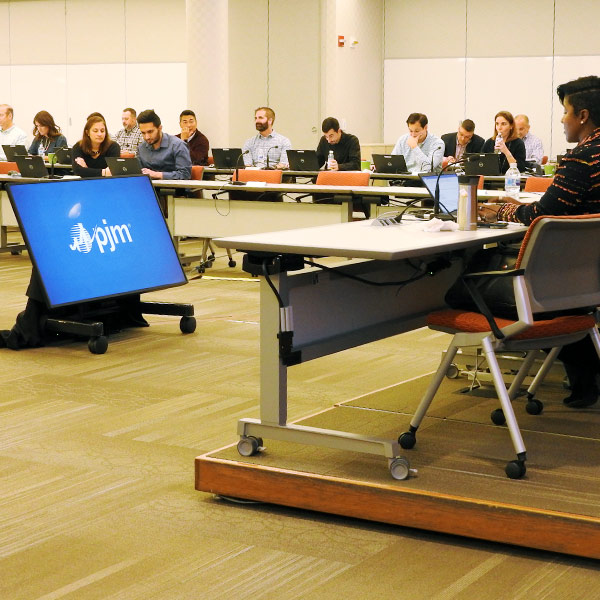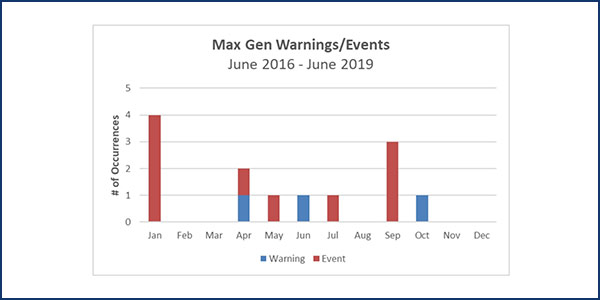loss of load expectation (LOLE)
MISO says it may reduce the capacity accreditation of some of its load-modifying resources in an effort to improve resource availability in its footprint.
MISO says it will look to make improvements to the capacity testing process after sifting through results from its generators and discovering errors.
PJM staff told the Operating Committee questions still remain about why its load forecast veered so far off course during a hot spell in early October.
MISO estimates it will need an 8.9% unforced capacity planning reserve margin for the 2020/21 planning year, a full percentage point above the current level.
MISO is proposing fixes to its LOLE study and capacity accreditation while it tries to determine if it should implement a seasonal capacity construct.
PJM’s Operating Committee put manual revisions for its gas contingency rules on the fast track to endorsement after approving the changes on the first read.
MISO's Resource Adequacy Subcommittee discussed delaying deliverability requirement changes, limiting extended planned outages and deadlines for the PRA.
For the first time, MISO has found a loss-of-load risk outside of summer months, and said it may be more evidence for seasonal capacity supplies.
MISO signaled it’s ready to address calls from its Monitor and members to tighten capacity deliverability requirements, but some are concerned about costs.
MISO’s Steering Committee routed eight new market improvement proposals to stakeholders for debate and prioritization by voting.
Want more? Advanced Search









